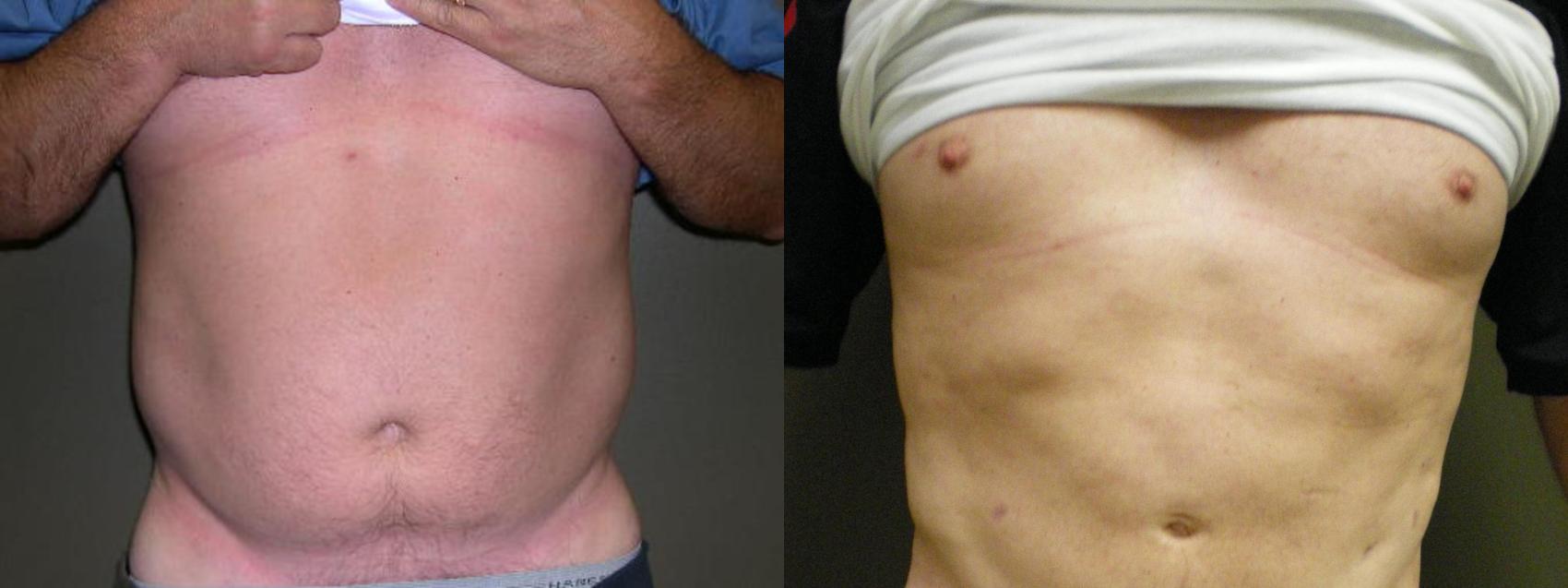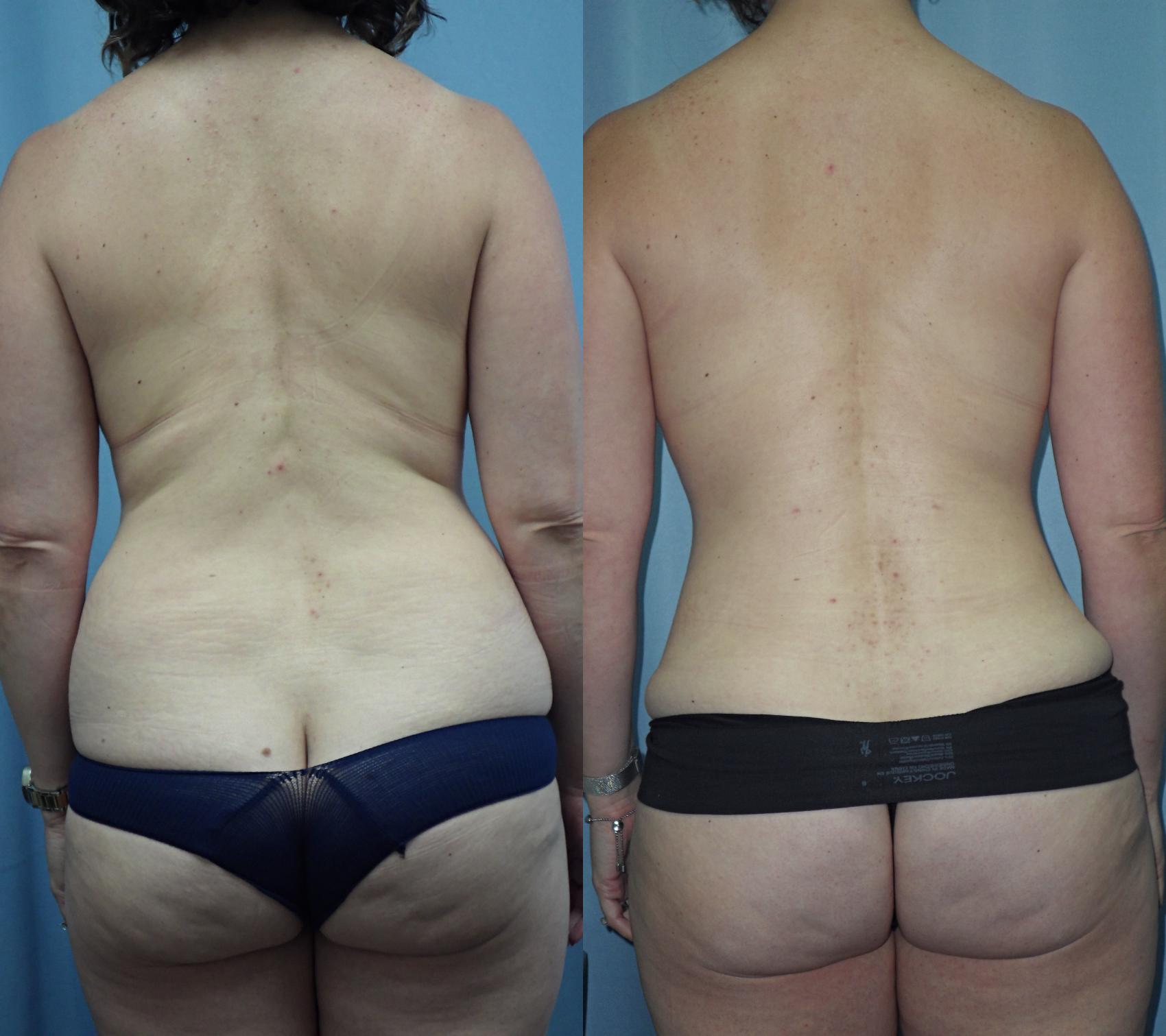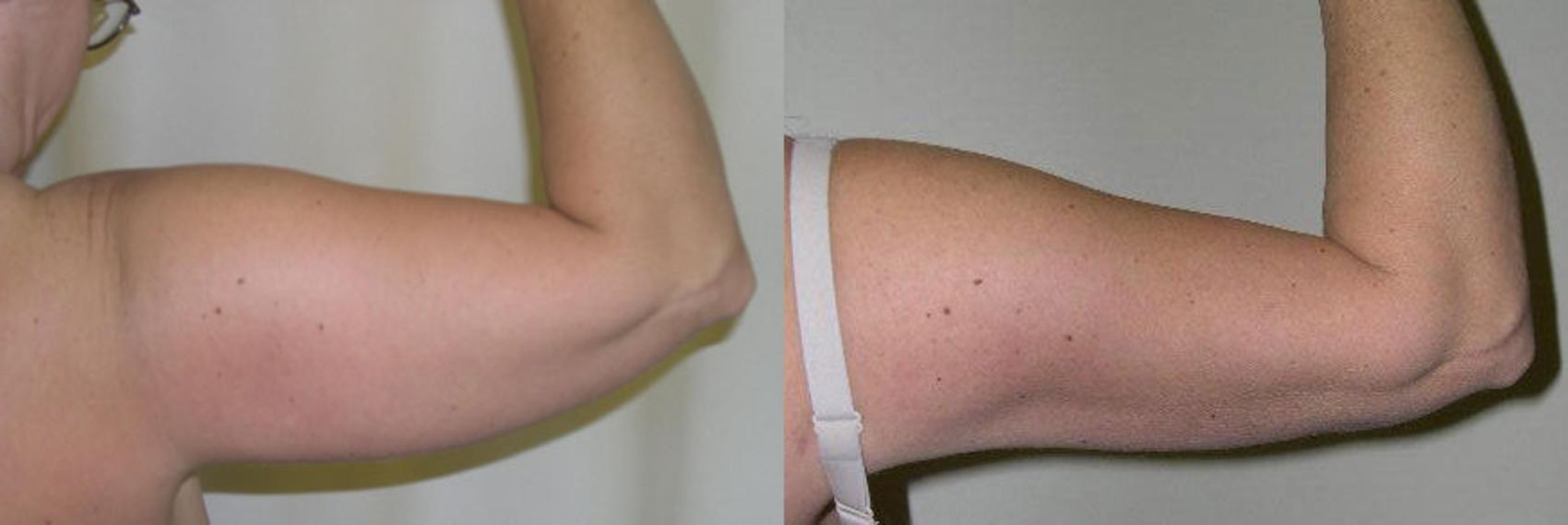If you’re considering liposuction to remove specific areas of fat, you can look forward to a new contour after your body heals and reveals its new shape. Whether you’re having liposuction on your neck, upper arms, back, waist, hips, or thighs, you’re likely eagerly anticipating your results. Fortunately, liposuction recovery time is relatively quick and straightforward. I’ve compiled the tips below to help you prepare for a quick and smooth recovery.
Liposuction Recovery Tips
We perform liposuction as an outpatient procedure, and most people go home the same day. With our advanced surgical techniques and specific post-op instructions, most patients feel minimal discomfort after their procedures.
1. Stay ahead of the pain.
After surgery, you will likely want to head straight home to rest. I recommend picking up your prescriptions before your procedure so you don’t have to worry about going to the pharmacy later. Additionally, you don’t want to delay in getting your medicine, because it’s very important to take your pain prescriptions at the allotted times.
Another reason to keep your pain under control is that pain can increase blood pressure, which can lead to intensified and unwanted, bruising. After the first few days, you should start to wean yourself off your prescription pain medication with over-the-counter pain relievers such as Tylenol. Be sure to avoid over-the-counter medicines that can affect blood clotting, like Advil and Excedrin.
2. Wear your compression garments.
Follow your surgeon’s instructions carefully when it comes to compression garments, especially if you’ve combined your liposuction with other procedures during a mommy makeover. These snug-fitting materials can help control swelling and bruising, and they can also help scars appear flatter and less visible. Proper use of compression garments can also help contour your body and further enhance your treatment area. We usually recommend that you purchase two sets of compression garments so you can keep your treatment areas wrapped with one set of garments while the other is in the wash.
3. Start moving.
Giving yourself plenty of time to rest is important for the first few days after surgery. (You can learn more about getting a good night’s sleep after surgery in this related blog post). However, that does not mean you should stay sedentary; moving helps the body heal. I recommend that you begin walking within the first 24 hours after your procedure, as this type of movement supports good blood flow and helps you recover faster.
4. Hydrate and eat clean.
Drinking plenty of water and eating simple, wholesome meals are essential to feeling your best during recovery. Sometimes lack of activity and pain medication can cause constipation. Staying well-hydrated will help maintain regularity during recovery. You should also eat lean protein, fruits, and vegetables, and reduce your sugar and salt intake. Try to stay away from processed food as well. Too much salt alone or in processed foods can increase bloating and hinder recovery. The Department of Veteran Affairs offers additional guidance on what to eat after surgery.
5. Don’t smoke.
For best results, avoid smoking and other nicotine products for 8 weeks before surgery and after surgery during the recovery period. Nicotine constricts the blood vessels, reducing the amount of oxygen delivered to the tissues and making it harder for your body to heal. Smoking can also cause serious complications such as blood clots.
6. Listen to your body.
After liposuction surgery, you may be eager to get back to the gym. Staying active is important, but overexertion can cause adverse effects. You will want to avoid rigorous exercise for several weeks after surgery. Once you begin exercising again, start off slowly, listen to your body, and gradually incorporate more intense activities and workouts.
If you are interested in liposuction and want to learn more about your options, request a consultation online or give us a call at (770) 421-1242.








Leave a Reply